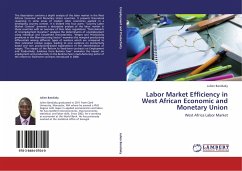Though land is an important component of eco-system, there remains very little landscape on earth in their natural state especially because of rapid urbanization and industrialization since the start of civilization. As a result, changes of land use- forest into farmland, farmland into periphery- have attracted global concern. Though lands of south-west region were generally used for rice farming since the middle of 20th century, polderization project of Bangladesh during 1970s caused major changes in land use pattern.The study area being close to river Hariavanga, shrimp farming has been observed to be predominant while youngs are more interested in shrimp farming than in any other land use alternatives. Analysis shows that cost free irrigation for shrimp farming as well as higher profit, lower cost and available inputs are the major factors of increased shrimp farming in the study area. The study also finds that if rice can be cultivated thrice per year then shrimp is less attractive while rare training facilities for the rice farmers are found to cause dissatisfaction and conversion of rice land into shrimp.Whatever be the determinants, mass awareness should be emphasized much.
Bitte wählen Sie Ihr Anliegen aus.
Rechnungen
Retourenschein anfordern
Bestellstatus
Storno








